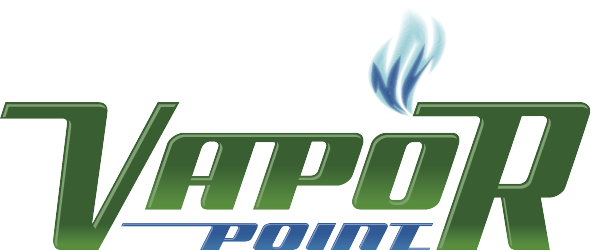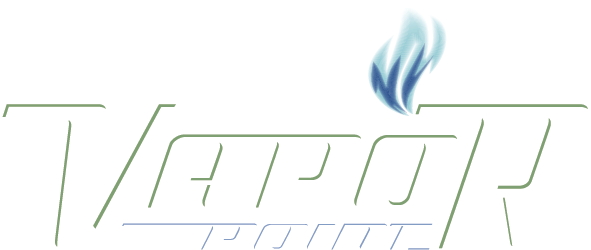A Gulf Coast Refinery was having difficulties managing waste effluent from chemical cleaning activity on site. The composition of the waste effluent made processing through the refinery’s waste water treatment plant (WWTP) very difficult, such that the waste water was slowly metered into the plants overall wastewater streams. This resulted in numerous additional costs for the refinery including: rental of frac tanks, spill containments, emissions controls, as well as the daily cost of monitoring each tank. The refinery needed a better solution for managing its chemical cleaning waste effluent.
Vapor Point was engaged by the client, after successfully running numerous emissions management projects, to see if we could develop a solution for treating this problematic waste water. While Vapor Point’s history has been mostly concentrated on managing air emissions and treating sulfur in fuels, water management is also part of the Vapor Point team’s core competencies. After interviewing other clients, it was determined that this specific waste water stream is problematic for many clients, thus Vapor Point started Research and Development efforts to unlock a solution.
Vapor Point was able to develop a robust treatment approach, allowing it to meet requirements of various refinery WWTP limits, and being able to process several different waste streams. The initial focus was to solve the treatment of its alliance partner, Refined Technologies (RTI), waste effluent.
After successful treatment, the focus turned to understanding capabilities with other chemical cleaning waste effluents. The current treatment can provide for significantly reduced levels (some to non-detection) of surfactant concentrations, chemical oxygen demand (COD), biological oxygen demand (BOD), total organic content (TOC) and BTEX (especially benzene).
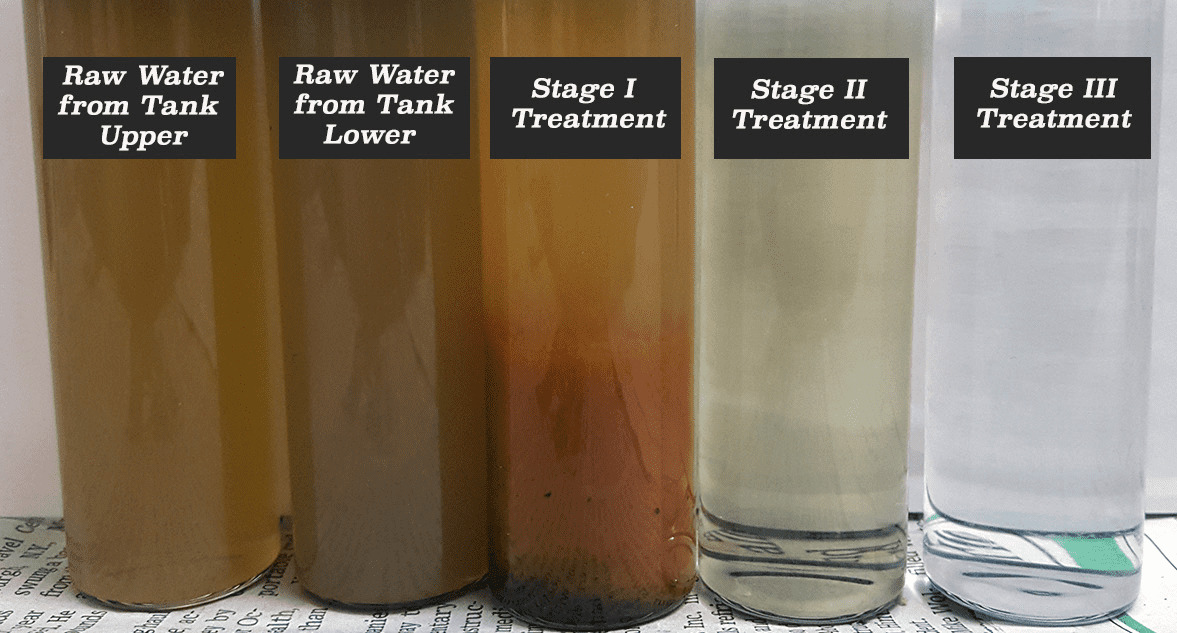
Conclusion
Vapor Point believed the water being stored in the water treatment tank could be treated, filtered, and polished in a timely manner, at a reasonable cost, and sent on to the refinery waste water treatment system. Waste from the treatment process consisted of bag filters, spun wound cartridges, and spent carbon. All three of these waste products were able to be disposed of among the common waste products within the refinery.
Vapor Point conducted a water treatability study for a Gulf Coast Refinery. This study tested Vapor Point’s ability to treat a waste water storage tank. Vapor Point was given two samples from the waste water storage tank. An upper sample (1 foot below the top) and a lower sample (1 foot from the bottom). Both samples were dark green-brown in color and incredibly turbid. The upper sample had a heavy hydrocarbon layer while the lower sample did not have a hydrocarbon layer.
Treatment Stage 1 Key Observations:
- The color changed from dark green-brown to red-brown.
- A flocculent formed separating into two distant layers, a “float” and a “sink.”
- The pH of the treated solution was appoximately 9.5.
- When put through a foam test, the water foamed about half way up the cylinder.
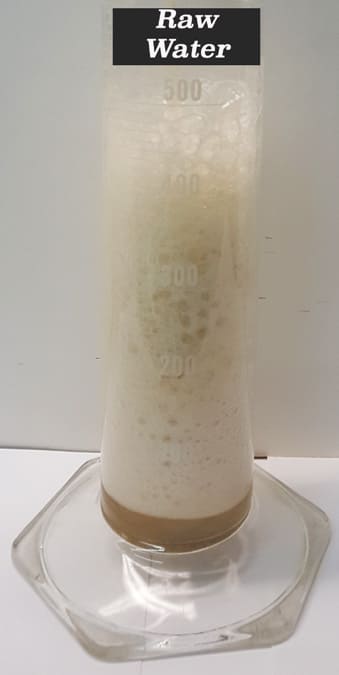
Treatment Stage 2 Key Observations:
- The flocculent was easy to filter.
- Finishing filtration lowered the turbidity and produced a clear and bright (although slight brown in color) water.
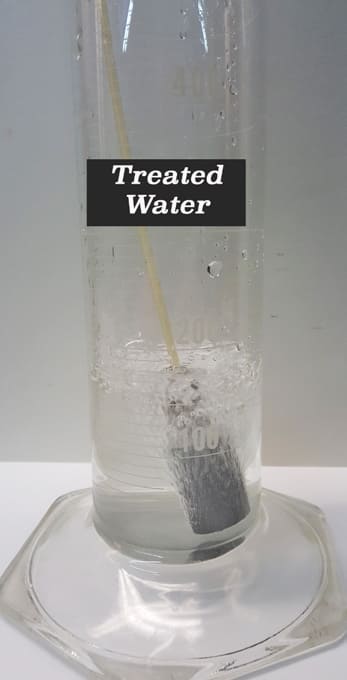
Treatment Stage 3 Key Observations:
- All remaining turbidity was removed. The water was clear and bright (water white).
- The foam testing was performed to identify surfactant presence. The water did not foam.
Lab Results
Vapor Point was successful at cleaning the samples from the waste water storage tank. The charts below show the requested test results. We were able to drop BOD by 98% or greater, COD by 78% or greater, TOC by 88% or greater, and Benzene to non-detect levels in both the upper and lower samples. Vapor Point also removed all surfactants that were remaining in the water, as our final foam tests came back with no detectable foam level.



